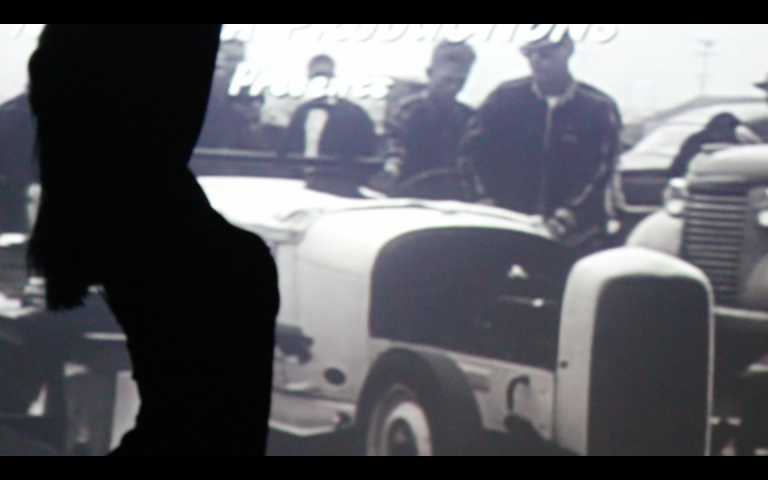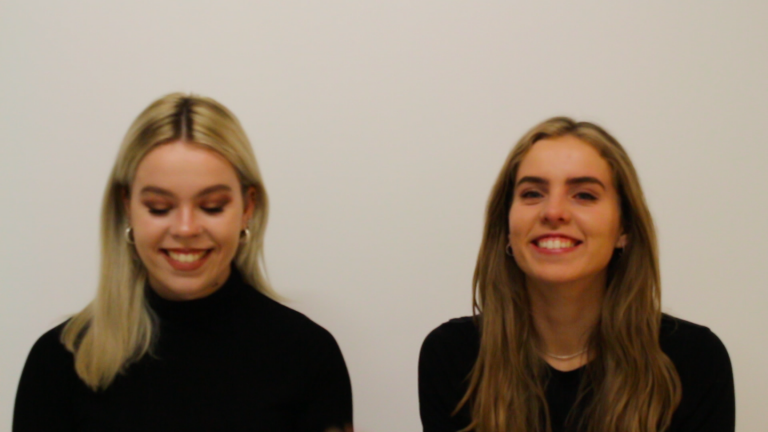PROJECT IN PRACTICE
Technology Usage
My medium of choice for this project is a documentary, or docu-film. Therefore, the technologies necessary for completion were:
- Editing Software – Adobe Premiere Pro
- Video camera – Canon EOS 700D
- Tripod
- Audio recorder – Zoom H4n
- Boom Microphone
The process of filming the documentary was carried out over the space of two weeks. During each filming session, my dynamic and role within the documentary slightly changed; in some scenes I am featured, others feature my sister or father. In the scenes that I do not feature, I was in charge of filming and operating the sound equipment. However, during the remaining scenes, my sister and boyfriend operated the technical equipment whilst I was in front of the camera.
Adobe Premiere Pro

After three years of university, using Adobe Premiere Pro, I find it to be a technical but clear way to edit video footage. It has a lot more possibilities than other editing software and allowed me to be creative and experiment when editing the documentary. Nonetheless, an issue faced involved the synchronising of audio files from an external source, i.e. the boom microphone and recorder, with video footage. This proved to be relatively simple when synchronising, however, when editing other clips or moving around certain pieces of footage, the synchronicity tended to occasionally fall out of place. This was rectifiable by resynchronising clips and being vigilant when rewatching the documentary.
Filming Equipment
The process of refreshing my memory regarding the use of filming equipment was actually a lot easier than I expected. I have around six educational years worth of experience using cameras and editing software, however, the sound equipment was the biggest challenge for me to properly operate. I dealt with this challenge by carrying out audio trials, syncing them with their accompanying video footage and making sure everything worked prior to official filming.

Initially, when deciding how I would represent theory in the documentary, without going too in-depth or causing confusion for a non-specific audience, I thought that representing feminine curves alongside curves belonging to cars would visually confirm to audiences the existence of a relationship. However, I wanted to present this in a way that was not inherently sexual, but rather sensual (in accordance with Mapplethorpe and Adams’ representations of non-sexual imagery), and indicative of femininity. Hence, I decided to use silhouette-style imagery of myself in front of a projector, showcasing feminine curves against a background consisting of old fashioned imagery from the 1956 film Hot-Rod Girl. This seemed the most appropriate choice of background because it showed the abundance of men within the opening credits of a film that is actually about one woman, thus, showing the uneven weighting of men compared to women in car-related industries that has continued to exist in modern society.

When it came to putting the documentary plan into practice, I wanted the narrative to reflect the personal nature of the topic, as well as the close bond I have with my sister, both as members of the demographic. Therefore, I set simple prompt questions and topics of conversation such as:
- How did we get into the industry?
- What personal experiences do we both possess involving the misrepresentation of female detailers in the Media?
Through these prompts we naturally entered into a completely unscripted, organic conversation which helped to provide a relaxed and authentic feel to the documentary. Although this took a few attempts, as we progressed, we discussed topics that provided genuine insight into the detailing industry through the eyes of two, young female detailers.
